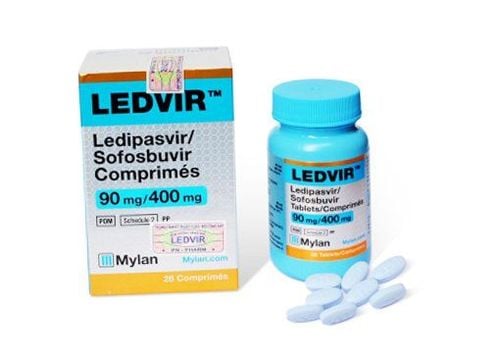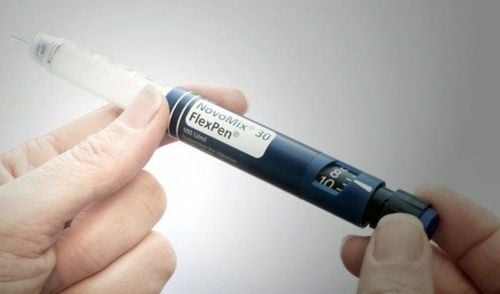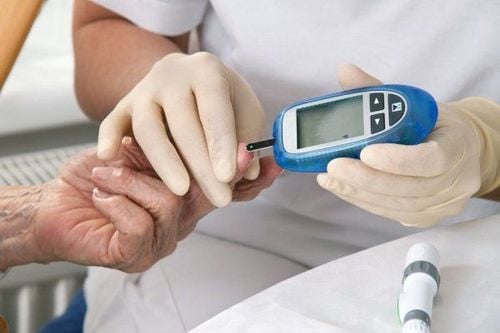This is an automatically translated article.
Posted by Specialist Doctor II Nguyen Thi Minh Tam - Head of Vinmec Royal City Clinic - Vinmec Royal City International Clinic
Coma due to increased blood osmotic pressure is one of the complications of diabetes. Accordingly, the identification of the disease will help the doctor to guide the effective treatment of the disease.
1. What is a hyperosmolar coma?
Hyperosmolar coma (ALTT) blood is one of the complications of diabetes. Complications of diabetes include:
Ketosis-induced coma. Coma due to increased blood osmotic pressure. Coma due to lactic acidosis Coma due to hypoglycaemia. The same is a complication of diabetes, but each type of coma has its own disease, its own circumstances, with symptoms that are thought to be the same, but in fact they all have their own distinct points, which are also common points. key to differential diagnosis.
Hyperaltemic coma is a disorder of glucose metabolism, manifested by coma, very high blood sugar (≥ 40 mmol/L). Severe dehydration → Elevated blood ALTT, very typical (≥ 350 mOsmol/L) May have mild acidosis (about 1+). Various disorders of consciousness: confusion, lethargy, weakness, convulsions, coma... Formula for calculating blood osmolality:
blood ALT= 2.(Na+K) + Blood urea + Blood glucose
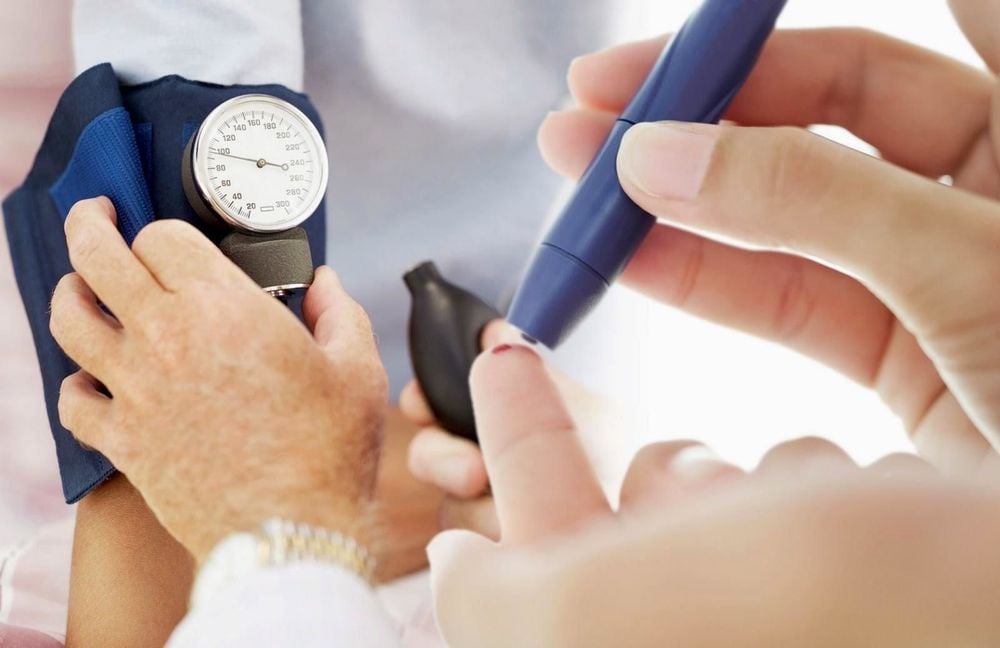
Bệnh nhân tăng nguy cơ bị hôn mê do tăng áp lực thẩm thấu máu
2. Definite diagnosis of coma due to increased blood osmotic pressure
2.1. Implementing the quadrants
Clinical
All patients who are comatose, have impaired consciousness, have signs of dehydration should think of hyperaltemia and indicated to perform a blood glucose test.
Severe disturbance of consciousness: from lethargy to coma. Severe, rapid dehydration: More inside the cell than outside the cell. Test
Blood sugar increased > 34 mmol/L (> 6g/L). Blood ALTT increased > 320 mOsmol/L (350 mOsmol/L). Urinary tract: (++++) / urinary ketones (+). Electrolyte (Grade): Blood sodium increased, Potassium normal/increased. Normal anion gap. Blood urea and blood creatinine increased. Urea/blood urea > 8; Bicarbonate > 15. WBC count is elevated; Blood lactic acid often increases.
2.2. Differential diagnosis
Ketogenic coma Lactic acidosis coma (after biguanide) Hypoglycaemic coma. Coma due to CNS damage in diabetic patients.
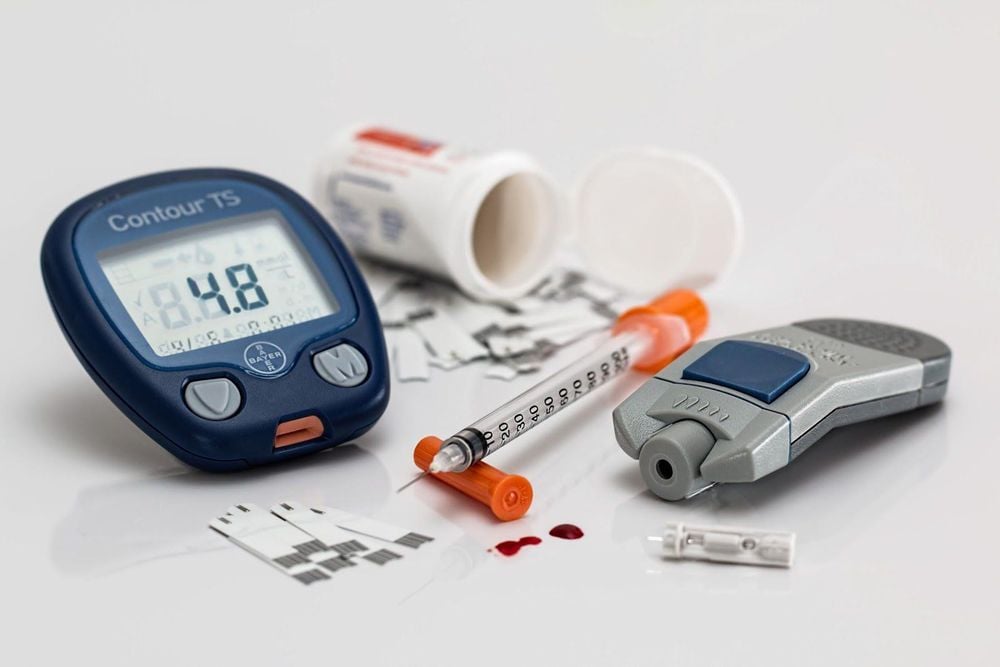
Xét nghiệm đường huyết giúp chẩn đoán hôn mê do tăng áp lực thẩm thấu máu
2.3. Diagnose the cause
Causes of bacterial infections due to pneumonia, cholangitis, urinary tract infections ... Use diuretics, corticosteroids.
Potential kidney disease. Cerebrovascular accident (CVA) is a consequence of diabetes, but it is possible that the stroke itself is a favorable cause for the appearance of coma with increased ALTT.
3. Treatment of coma due to increased blood osmotic pressure
3.1. Rule
Infuse or give large amounts of water, but often fluids are required. Lowering blood sugar with insulin. Only administer 5% Glucose when blood sugar drops to 15 mmol/L. Potassium replacement is essential, especially when blood sugar begins to drop due to treatment.
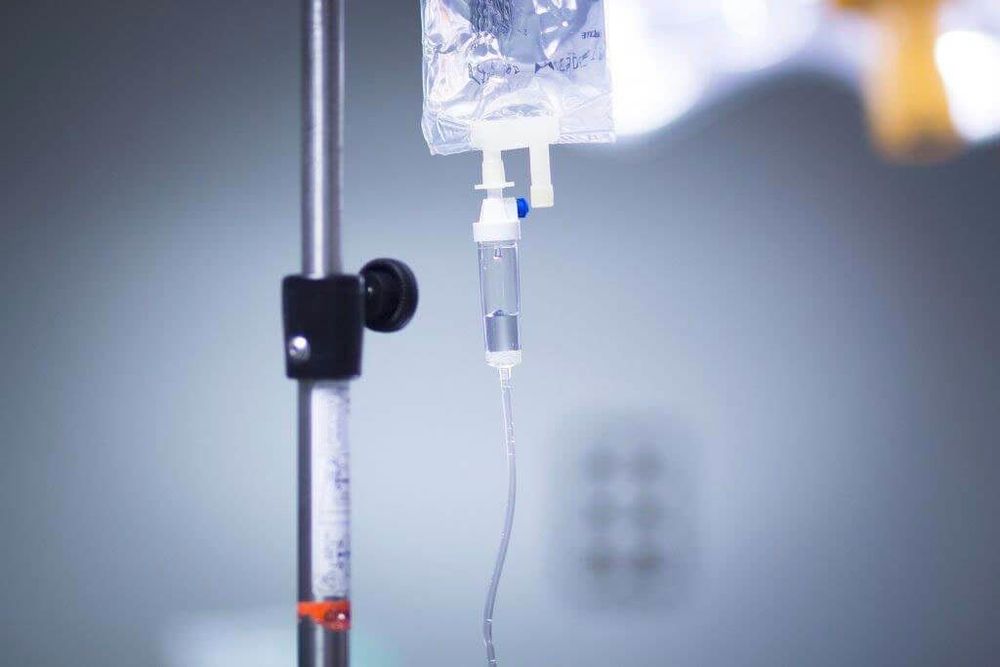
Bệnh nhân cần được truyền dịch
3.2. Specific treatment
Rehydration of water and electrolytes is the top job. Quantity: 6 - 10 liters / 24 hours. High molecular translation.
Sodium chloride 0.45%.( Sodium chloride o.9% + Glucose 5% + Insulin) Glucose 5%: Only start glucose 5% infusion when blood sugar drops to 15 mmol/L; But it is necessary because Glucose has the role of free water transport and insulin main transporter). Ringer Lactate: When other fluids are available, no infusion of Ringer Lactate is necessary. Potassium compensation: It is necessary to replace potassium according to the principle of fluid and electrolyte replacement, as soon as blood sugar begins to lower due to treatment. Use of insulin: Necessary in the coma to increase blood osmolality to lower blood sugar quickly to the desired level and safely, especially in the period of combined ketoacidosis. Treatment of the favorable cause is necessary to prevent recurrent coma. Comprehensive clinical and laboratory follow-up intensive care.
Hyperosmolar coma due to diabetes is very dangerous, has a high mortality rate if not detected early. Therefore, when there are signs of illness, family members need to immediately take the patient to the hospital and strictly follow the treatment regimen of a specialist to avoid serious complications.
Currently, Vinmec International General Hospital is providing a Diabetes Screening Package to help patients detect the disease early and improve treatment efficiency. To register for an examination at Vinmec International General Hospital, please book an appointment on the website for service.
Please dial HOTLINE for more information or register for an appointment HERE. Download MyVinmec app to make appointments faster and to manage your bookings easily.
SEE ALSO:
Diabetic ketoacidosis First aid to diabetic diabetic coma Hyperosmolar diabetic coma





